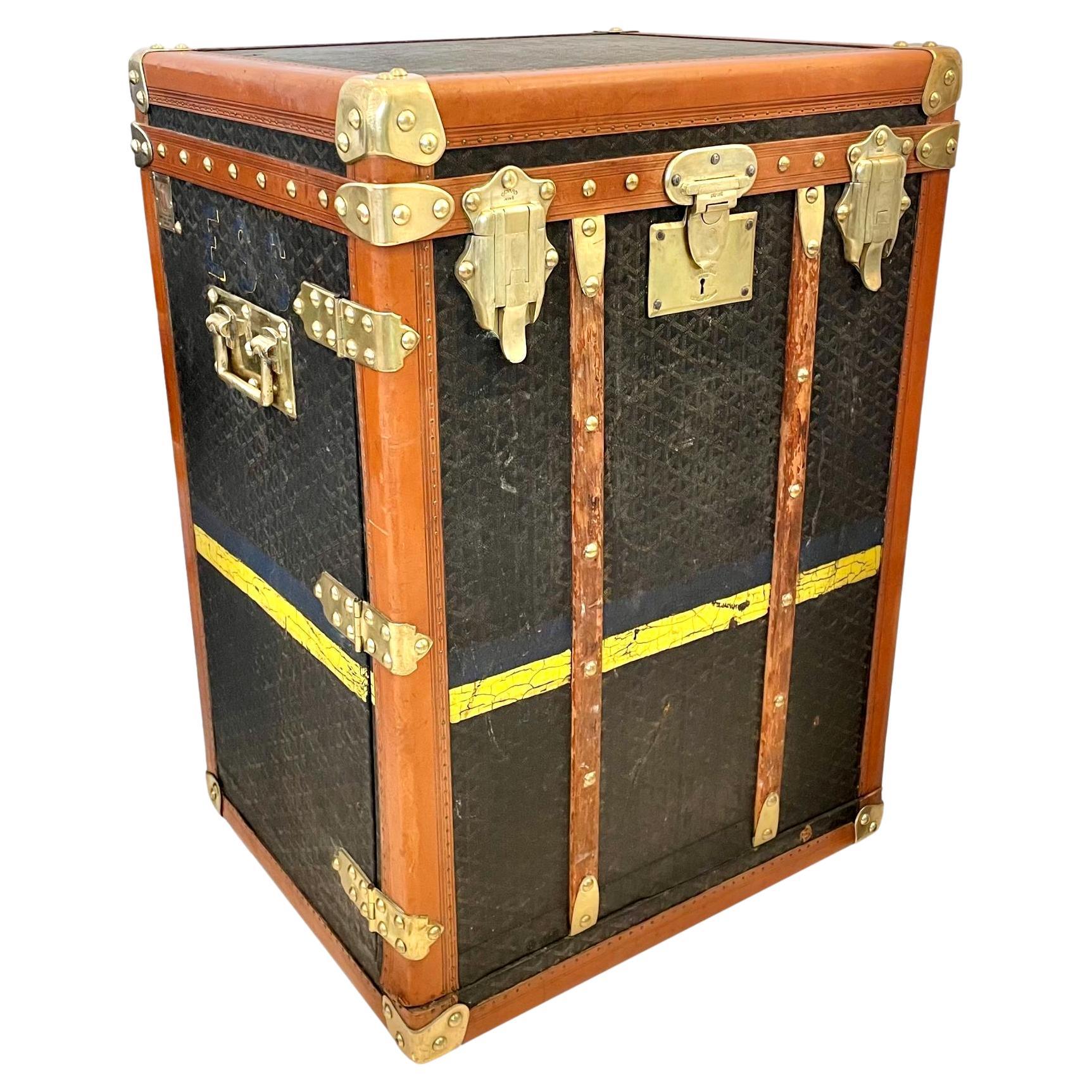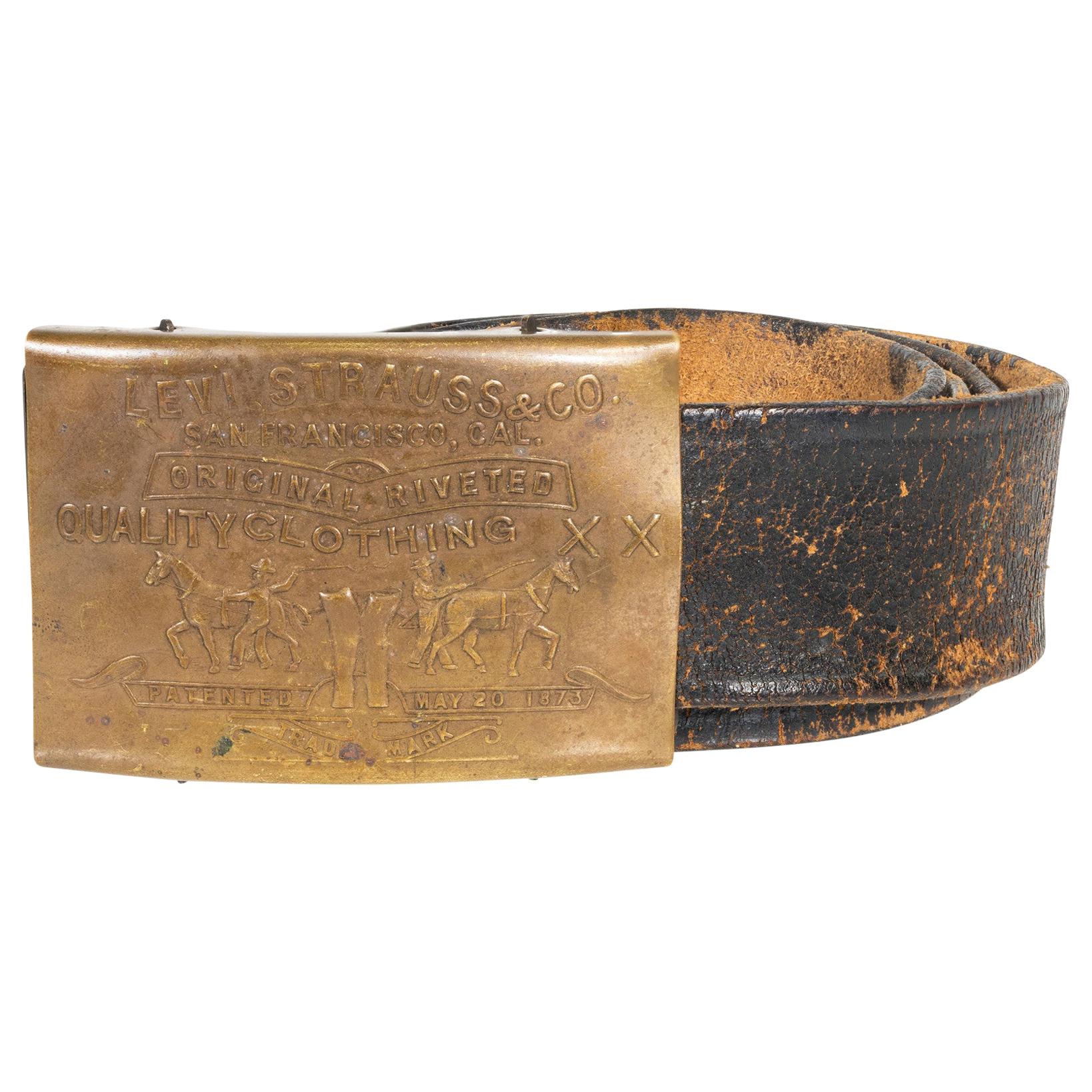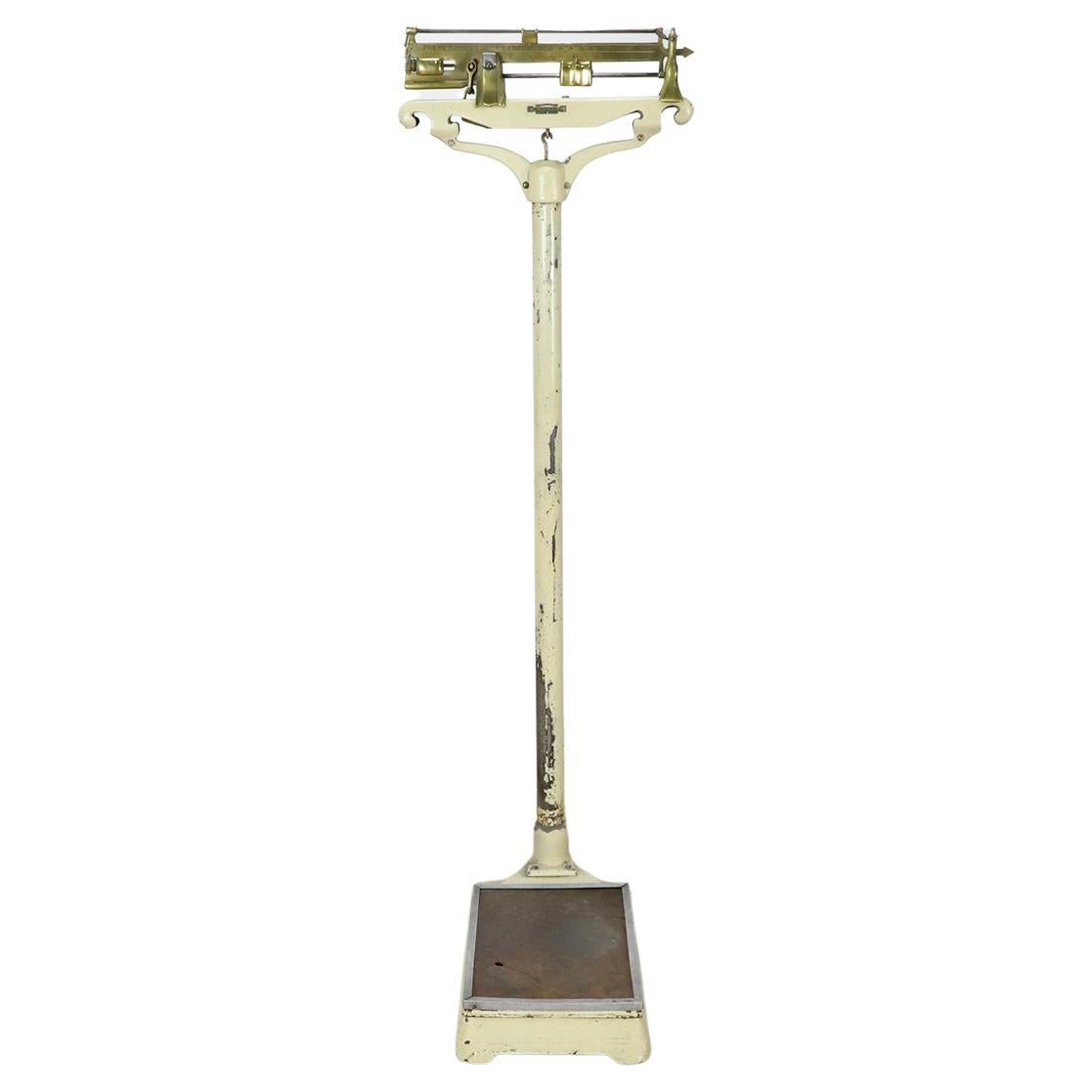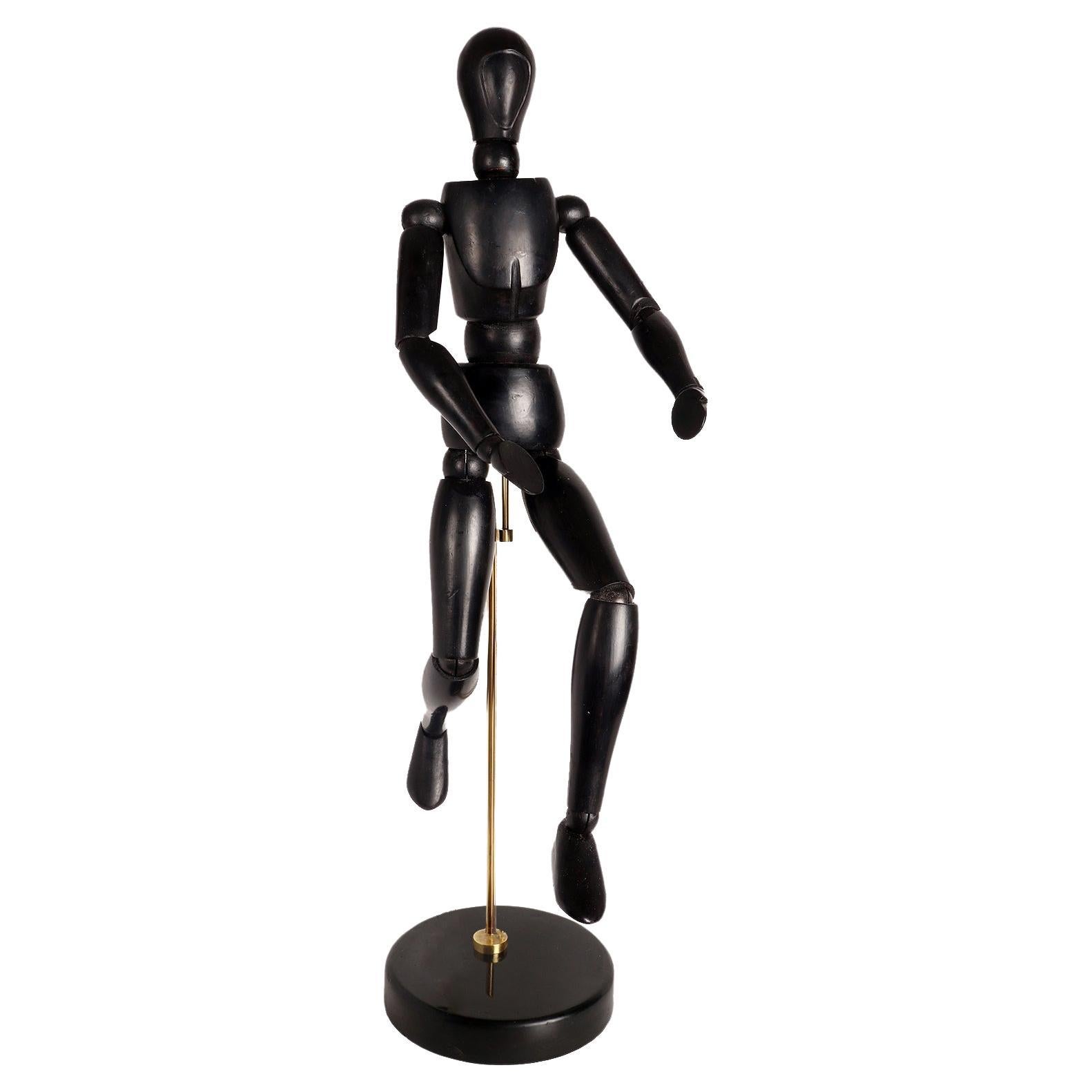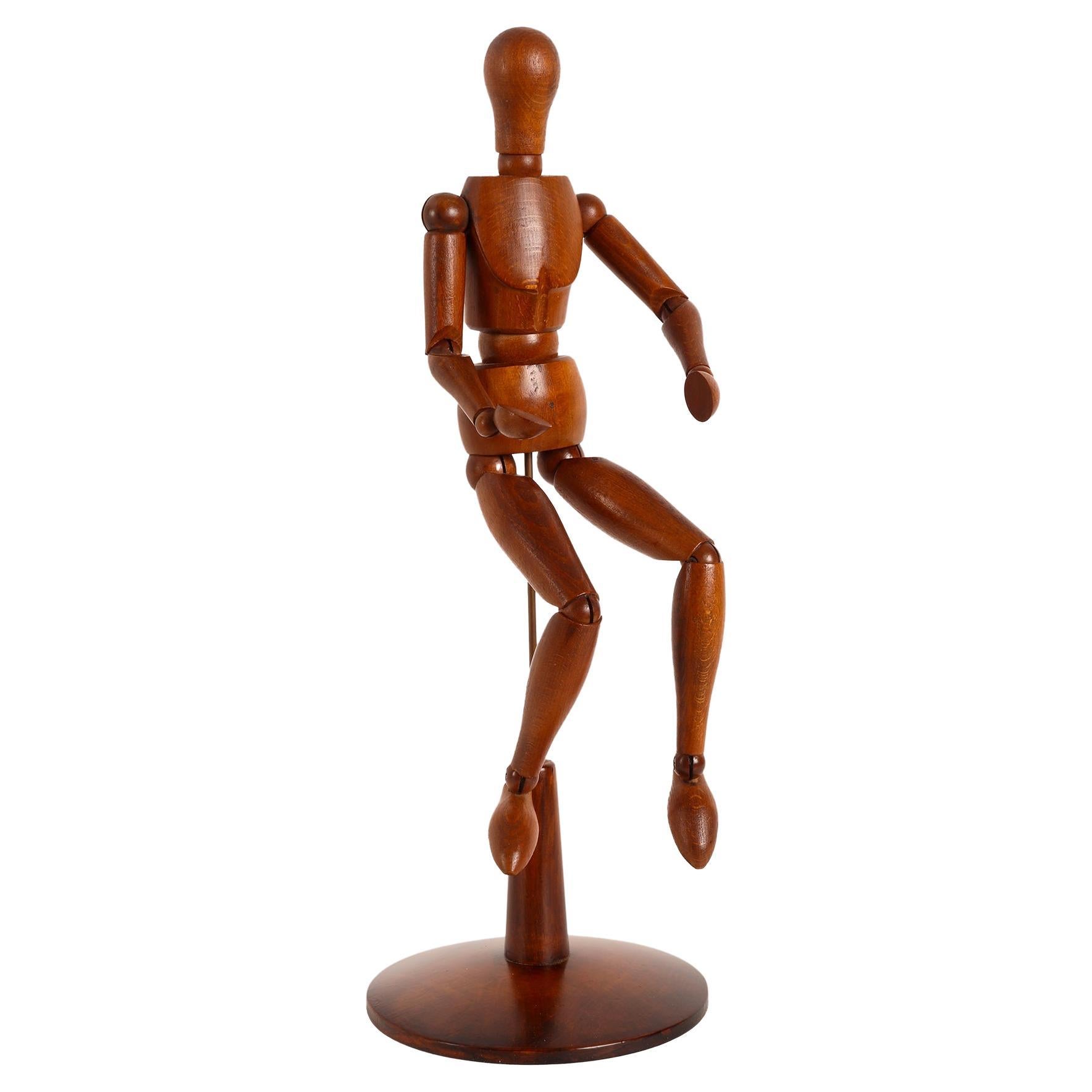Items Similar to Antique Vide Poche, France, 1920s, Snake Bite
Video Loading
Want more images or videos?
Request additional images or videos from the seller
1 of 9
Antique Vide Poche, France, 1920s, Snake Bite
About the Item
Exceptional vide-poche with a snake as a holder.
Can be wonderfully used for storing small objects on the desk or as a jewelry tray.
- Dimensions:Height: 3.94 in (10 cm)Diameter: 7.88 in (20 cm)
- Materials and Techniques:
- Place of Origin:
- Period:
- Date of Manufacture:Circa 1920
- Condition:Very nice and cleaned condition with normal signs of age and use.
- Seller Location:Greven, DE
- Reference Number:1stDibs: LU5419237668142
About the Seller
5.0
Platinum Seller
These expertly vetted sellers are 1stDibs' most experienced sellers and are rated highest by our customers.
Established in 2014
1stDibs seller since 2020
119 sales on 1stDibs
Typical response time: <1 hour
- ShippingRetrieving quote...Ships From: Münster, Germany
- Return PolicyA return for this item may be initiated within 14 days of delivery.
More From This SellerView All
- Antique Bassinoire, Warming Pan, Copper, France, 1880sLocated in Greven, DEBeautiful copper pan from France, a so-called Bassinoire. The lid can be opened with an external lever. This antique form of a todays hot-water bottle was primarily used in aristocr...Category
Antique 19th Century French Antiquities
MaterialsCopper
- Antique Boule Ball "G", Pétanque, 1880s, France, CraftsmanshipLocated in Greven, DEBeautiful, unique Boule ball, France, late 19th Century. In the 19th century, the manufacture of boules balls underwent significant development in France as the game of boules, particularly the pétanque variant, gained in popularity. The manufacture of boules balls during this period was a manual process that required expertise, precision and love to detail. In the late 19th and early 20th centuries, particularly in rural areas of France and other Mediterranean regions, olive wood was a commonly used source of material for making boules balls. This was not only due to the availability of the material, but also to the outstanding properties of olive wood, which was characterized by hardness, strength and a rich grain. First, the olive wood was carefully selected and shaped into raw balls, which were then sanded to the desired size and shape. The nails were then hammered into the balls one by one, making sure that they were evenly distributed and firmly anchored. Finally, the spheres were polished and coated with a protective varnish to enhance their natural beauty and protect them from the elements. The use of nails to decorate and reinforce olive wood boules was a traditional practice that not only gave the ball a rustic aesthetic, but also improved its durability and contributed to customization. Many balls were made according to the specific requirements and preferences of the players. Nails were driven at regular intervals around the ball, with each nail hole precisely placed so as not to affect the balance and weight distribution of the ball. These nails not only served as a decorative element, but also helped to strengthen the structure of the ball and make it more resistant to the hard knocks and wear and tear during play. Individual engravings or decorations were often applied to the balls to make them unique and identify the player. Antique boules...Category
Antique Late 19th Century French Late Victorian Antiquities
MaterialsMetal
- Antique Boule Ball "G", "J", Pétanque, 1880s, France, CraftsmanshipLocated in Greven, DEBeautiful, unique Boule ball, France, late 19th Century. Decorated with the initials "G" and "J". In the 19th century, the manufacture of boules balls underwent significant developm...Category
Antique Late 19th Century French Late Victorian Antiquities
MaterialsOlive
- Antique Boule Ball "7", Pétanque, 1880s, France, CraftsmanshipLocated in Greven, DEBeautiful, unique Boule ball, France, late 19th Century. In the 19th century, the manufacture of boules balls underwent significant development in France as the game of boules, particularly the pétanque variant, gained in popularity. The manufacture of boules balls during this period was a manual process that required expertise, precision and love to detail. In the late 19th and early 20th centuries, particularly in rural areas of France and other Mediterranean regions, olive wood was a commonly used source of material for making boules balls. This was not only due to the availability of the material, but also to the outstanding properties of olive wood, which was characterized by hardness, strength and a rich grain. First, the olive wood was carefully selected and shaped into raw balls, which were then sanded to the desired size and shape. The nails were then hammered into the balls one by one, making sure that they were evenly distributed and firmly anchored. Finally, the spheres were polished and coated with a protective varnish to enhance their natural beauty and protect them from the elements. The use of nails to decorate and reinforce olive wood boules was a traditional practice that not only gave the ball a rustic aesthetic, but also improved its durability and contributed to customization. Many balls were made according to the specific requirements and preferences of the players. Nails were driven at regular intervals around the ball, with each nail hole precisely placed so as not to affect the balance and weight distribution of the ball. These nails not only served as a decorative element, but also helped to strengthen the structure of the ball and make it more resistant to the hard knocks and wear and tear during play. Individual engravings or decorations were often applied to the balls to make them unique and identify the player. Antique boules...Category
Antique Late 19th Century French Late Victorian Antiquities
MaterialsMetal
- Antique Boule Ball "G", Pétanque, 1880s, France, CraftsmanshipLocated in Greven, DEBeautiful, unique Boule ball, France, late 19th Century. In the 19th century, the manufacture of boules balls underwent significant development in France as the game of boules, particularly the pétanque variant, gained in popularity. The manufacture of boules balls during this period was a manual process that required expertise, precision and love to detail. In the late 19th and early 20th centuries, particularly in rural areas of France and other Mediterranean regions, olive wood was a commonly used source of material for making boules balls. This was not only due to the availability of the material, but also to the outstanding properties of olive wood, which was characterized by hardness, strength and a rich grain. First, the olive wood was carefully selected and shaped into raw balls, which were then sanded to the desired size and shape. The nails were then hammered into the balls one by one, making sure that they were evenly distributed and firmly anchored. Finally, the spheres were polished and coated with a protective varnish to enhance their natural beauty and protect them from the elements. The use of nails to decorate and reinforce olive wood boules was a traditional practice that not only gave the ball a rustic aesthetic, but also improved its durability and contributed to customization. Many balls were made according to the specific requirements and preferences of the players. Nails were driven at regular intervals around the ball, with each nail hole precisely placed so as not to affect the balance and weight distribution of the ball. These nails not only served as a decorative element, but also helped to strengthen the structure of the ball and make it more resistant to the hard knocks and wear and tear during play. Individual engravings or decorations were often applied to the balls to make them unique and identify the player. Antique boules...Category
Antique Late 19th Century French Late Victorian Antiquities
MaterialsMetal
- Antique Leather Book "Histoire des Plantes", 1865s, FranceLocated in Greven, DEWonderful rare antique leather book, original from 1865. "Histoire des Plantes" by Louis Figuier, written in French language.Category
Antique Mid-19th Century French Antiquities
MaterialsLeather, Paper
You May Also Like
- Goyard Lingerie Trunk, 1920s FranceBy GoyardLocated in Los Angeles, CAClassic vintage Goyard trunk. Made in the 1920s. Large wooden frame wrapped in the iconic Goyard canvas print with saddle leather and brass hardware as w...Category
Vintage 1920s French Mid-Century Modern Trunks and Luggage
MaterialsBrass
- 1920s Rare Levi Strauss & Co. Belt BuckleBy STRAUSSLocated in Coeur d'Alene, IDBrass belt buckle marked "San Francisco, CAL." Original riveted quality clothing. Patented May 20, 1873 trademark. With original black leather belt which has seen wear but complete. ...Category
Vintage 1920s American Historical Memorabilia
MaterialsBrass
- 1920s Doctors' Medical Scale Mechanical Stand Up with WeightsLocated in Mexico City, CDMXCirca 1920. We offer this antique Industrial stand up doctors' scale. Features height indicator and a movable weights made in solid brass.Category
Vintage 1920s American Industrial Antiquities
MaterialsBrass
- Gadget-system walking stick with bag holder function, Germany, 1920s.Located in Milan, ITGadget-System cane: cane with bag holder function. Curious stick used to carry shopping bags, made with two upside-down V-shaped wooden shafts, ending with...Category
Early 20th Century German Antiquities
MaterialsIron
- Articulated Artist Dummy, France, 1920Located in Milan, ITAn articulated painter's mannequin of medium size, with a metaphysical face. The mannequin is made of carved and ebonized oak wood. The support is in brass and the base, also made in...Category
Early 20th Century French Figurative Sculptures
MaterialsBrass
- Articulated Artist Dummy, France, 1920Located in Milan, ITAn articulated mannequin of a small-sized painter, with a metaphysical face. The mannequin is made of carved oak wood. The support is in brass and the base, made out of fruit woo...Category
Vintage 1920s French Figurative Sculptures
MaterialsBrass
